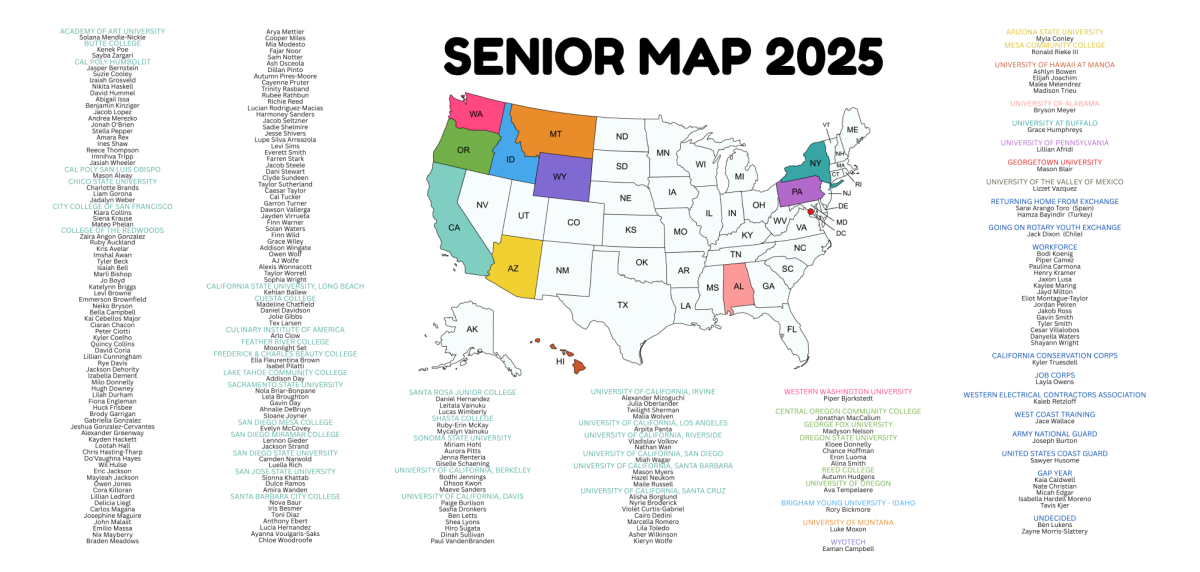Since his inauguration on January 20th, President Donald Trump wasted no time implementing legislation and signing executive orders. Trump’s political campaign revolved heavily on the state of the economy, decreasing the national debt, and controlling our borders. His method of fixing them; a record breaking 142 executive orders in his first 100 days, shattering the previous record of 99 in 100 days set by Franklin D. Roosevelt. For comparison, in his first 100 days of office, Trump has signed more than half as many executive orders than he did in his first 4 years in office.
One of the most popular political topics in the media recently has been the President’s implementation of tariffs, in an attempt to lower the nation’s trade deficit, and bring manufacturing back into the U.S. On April 2nd 2025, a day self proclaimed “Liberation Day” Trump announced a 10% benchmark tariff for all countries and an increased retaliatory tariff for about 90 other countries, raising the average tariff rate to approximately 27% the highest since 1901. The tariffs are being used as a means to decrease our imports by a targeted 30% but come at the expense of higher prices and decreased supply, affecting consumers.
Along with the tariffs, another huge part of the president’s campaign revolves around decreasing government spending as a way to help decrease our rising national debt. The U.S. national debt is currently at 36.7 trillion dollars, with a federal budget deficit of 1.8 trillion dollars in 2024, how much more the government spent than it earnt. To decrease the budget deficit Trump has cut funding to various social work programs, healthcare programs, NOAA, and more.
So far Trump’s administration has cut nearly 50% of the workers in the Department of Education, as a part of the attempt to dismantle the program entirely. The president also cut all federal DEI (Diversity Equity and Inclusion) programs including restricting federal funding for university research at places such as Columbia and Harvard, for refusing to cut certain DEI programs. NOAA (National Oceanographic and Atmospheric Administration) responsible for the daily weather, storm warnings, and more had its budget cut by 25% impacting people locally who work at the National Weather Service center at the Woodley Island Marina. Healthcare programs have also taken a hit, with the HHS (Department of Health and Human Services) losing an estimated 10,000 workers, and an estimated 3,500 workers for the FDA (Food and Drug Administration).
The beginning of president Trump’s second term has been nothing short of eventful, with record breaking executive orders, and an attempt at a complete overhaul of our governments budget and the U.S. economy.































